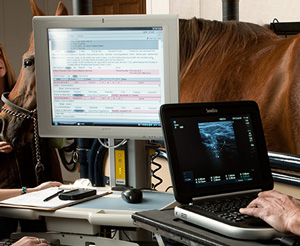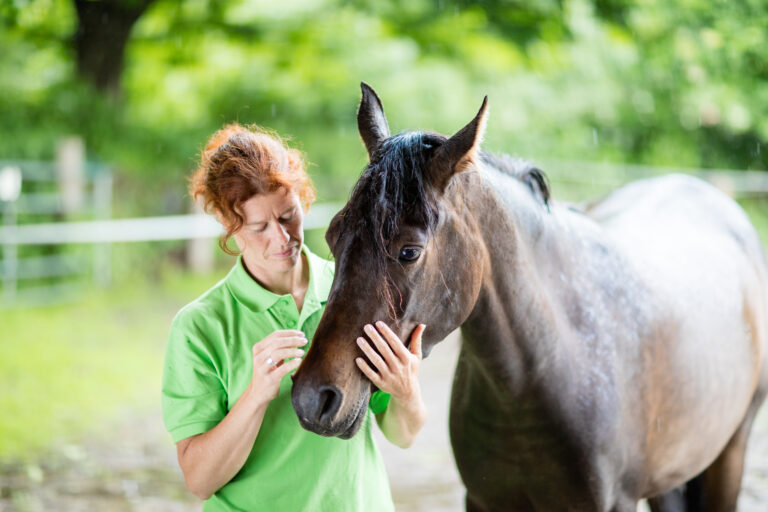Consider this scenario: You have just purchased a brand new digital ultrasound at the AAEP convention and you’re excited to start using it, knowing you will be able to diagnose lameness issues more easily. On top of that, you have taken a couple of CE courses on ultra-sounding regions of the horse other than tendons or ligaments.

How do you let your clients know about this new service, so you can start increasing the revenues in your practice? Can social media play a role in this?
The immediate and adaptive nature of social media is ideally suited to promoting equipment. Before you start posting to Facebook or Twitter about your cool new ultrasound, however, keep in mind the three factors involved in a social media campaign:
• What is the goal of your campaign? Is it to introduce the addition of the new ultrasound, or is to show off the new procedures you can do with it?
•Which social media platforms will work best to achieve the goal? Can you send immediate photos or brief descriptions of a procedure on Twitter or can you create a case study that can be shared on Facebook?
•How are you going to measure the success of your campaign? Is the goal to perform more ultrasounds? Is that goal for you or your associates, or the practice as a whole? Would you like to see an increase in sales specifically for the new techniques you learned? Just as each vet practice will have unique goals, each will have its own measurements of success.
For this discussion, let’s use a goal of demonstrating the superior imaging capabilities of your ultrasound and how it allows you to image more structures.
Keep in mind what clients care about is how a piece of equipment or procedure will help their horses. Will it offer quicker and better diagnostics or therapies? Will it be cheaper than the alternative? Instead of technical statistics, focus on examples of using the new ultrasound to diagnose or treat a problem.
We have found that case studies on Facebook are very easy to create and an effective way to build buzz about a procedure or technique.
For example, you could post a photo of a horse’s leg that exhibits the typical banana profile of a bowed tendon. You post a brief history and then ask what your followers think the problem might be and how would they go about diagnosing it. After a day of people offering their opinions, you follow up with the answer, noting that it is indeed a bowed tendon. Additionally, explain why an ultrasound is required to diagnose which structure is injured, how severely it is injured and what the prognosis is.
This is where you could show an ultrasound image of the lesion. To spice things up, you could have two images: the first is how the image looks with your old unit and the second image exhibits the same subject, only taken with the new ultrasound.
Alternatively, you could post a case study of how you were able to diagnose lumbar-sacral lesions and treat them using the new ultrasound. While this Facebook case study takes place, you could be using Twitter to tweet about the case study. You could tweet a link to your Facebook page, or you could tweet some of the responses from fans as well as your comments on the replies.
Not everyone will be communicating with you on Facebook alone, so it is more effective to use different social media platforms to reach more people. Hopefully, the message your social media followers receive is that your practice has an amazing new tool that can help diagnose a tendon or back injury better than the old machine.
They can also learn that an ultrasound is needed to diagnose these types of injuries and that a simple squeeze of the leg or back palpation is not enough. With such “soft marketing” you can hopefully perform many more ultrasounds, reaching your end of the year goal.
Much of what we do day-to-day in treating horses is very visual and is ripe for the immediate nature of social media. We can tell every client a million times about the superior merits of a new ultrasound or x-ray unit, but as the saying goes, seeing is believing. With the expansive reach of online platforms like Facebook and Twitter, veterinarians are able to educate and inform their clients on the value of their knowledge and the tools they have to better diagnose and treat conditions.
Dr. Mike Pownall’s username on Twitter is McKeePownall. He is also a regular blogger on www.equinevetbusiness.com.








